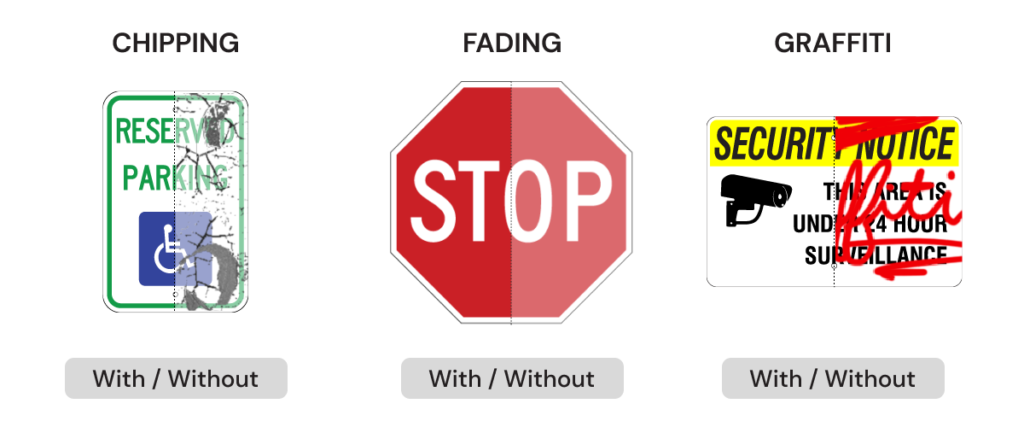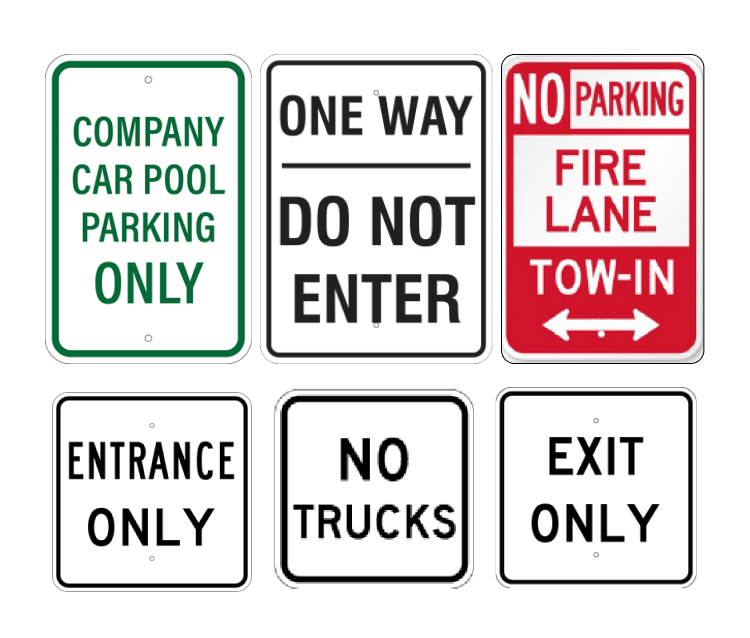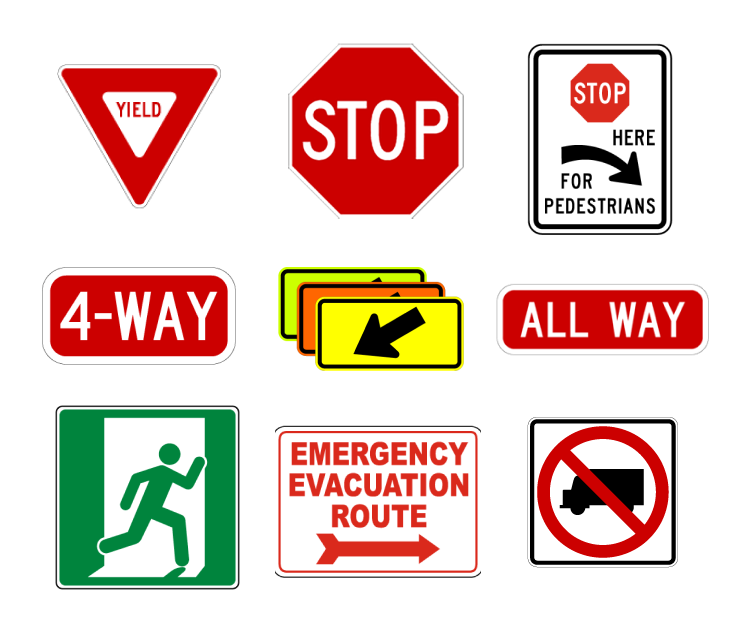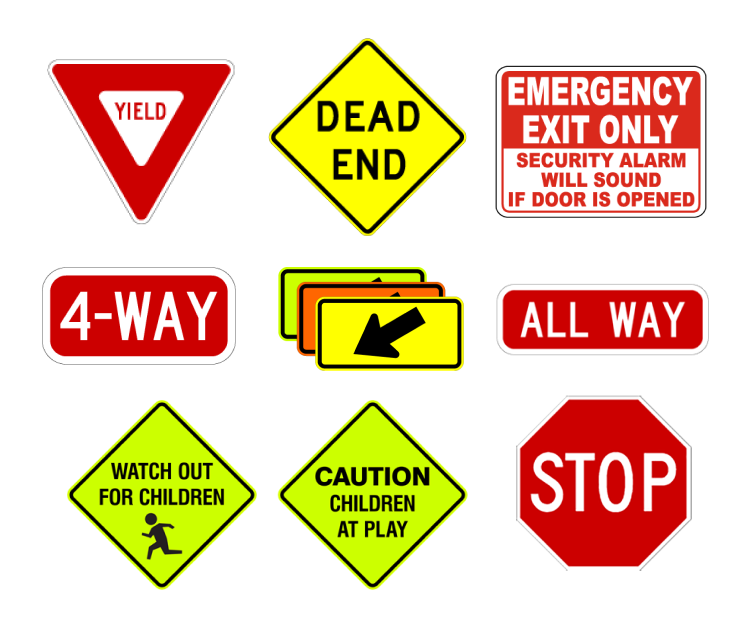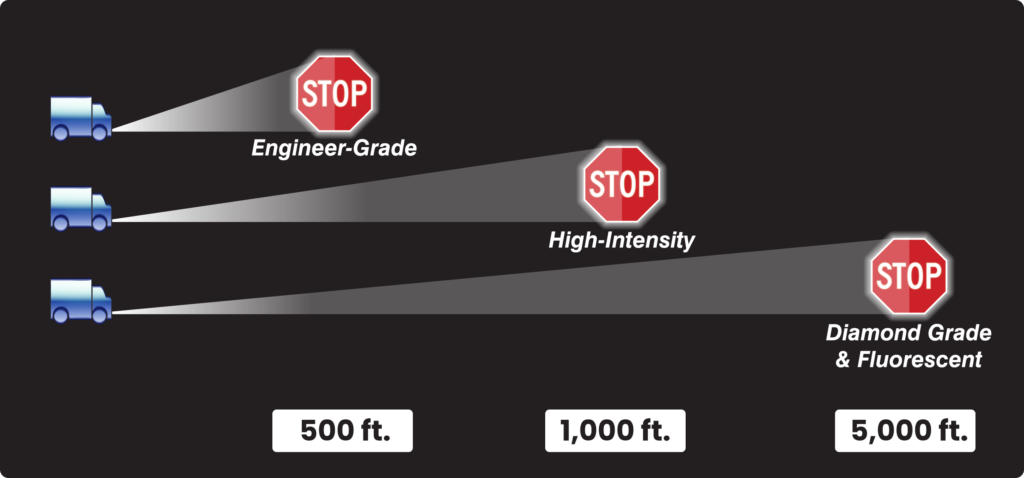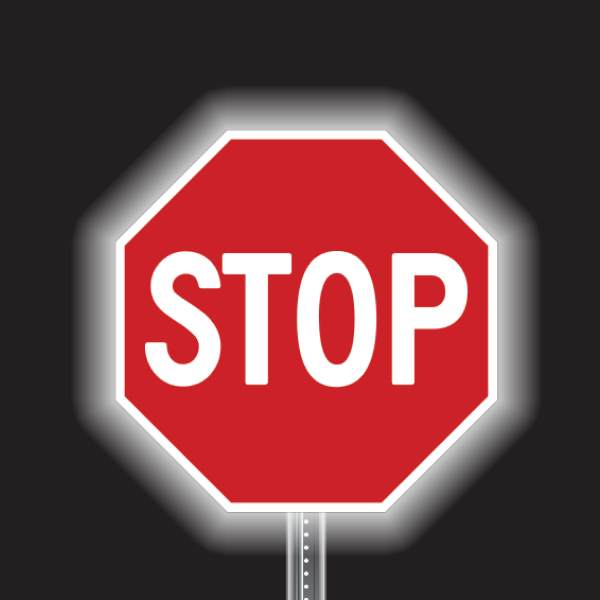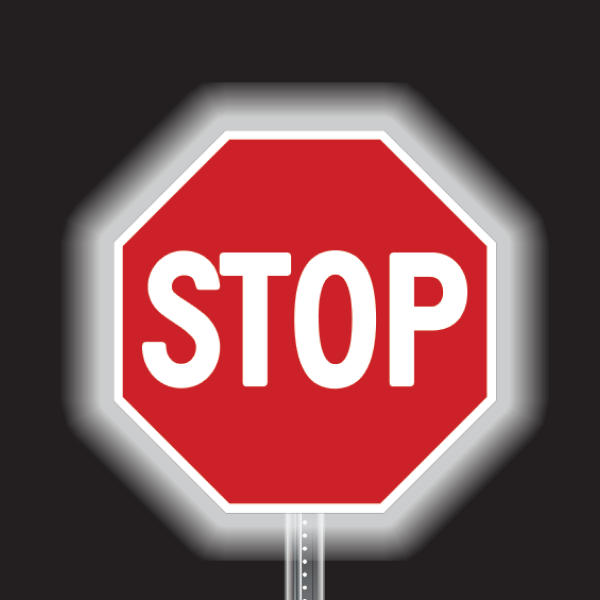Parking areas are often the first point of contact between a business and its customers, visitors, or employees. Whether you manage a small retail store, a large office complex, or a restaurant, the organization and management of your parking facility are critical for creating a smooth experience. Parking signs play a key role in managing traffic flow, ensuring safety, and maintaining order in your parking lot. Without proper signage, confusion, accidents, and inefficiencies can occur, leading to a negative impact on customer satisfaction and operational efficiency.
In this article, we will discuss the top five essential parking signs that every business should have to maintain a well-organized and safe parking environment. These signs are critical for guiding drivers, preventing accidents, and creating a welcoming experience for visitors.
Importance of Parking Signage
Parking lots may not seem like the most glamorous part of running a business, but they are essential for ensuring a positive customer experience. A well-organized parking facility allows visitors to navigate easily, park safely, and enter the business premises without frustration. On the flip side, disorganized or poorly managed parking can lead to congestion, confusion, and even accidents, which can result in customer dissatisfaction.
Parking signage plays a key role in directing traffic, managing space, and enforcing rules. It ensures that customers and employees know where they are allowed to park, where they are not, and how to navigate the parking lot safely. Without clear, visible signs, chaos can ensue, leading to operational inefficiencies and even potential liability issues.
Legal and Safety Considerations
Businesses are not only encouraged to have parking signage for customer convenience, but in many cases, they are legally required to post specific signs. For example, the Americans with Disabilities Act (ADA) mandates that handicap-accessible parking signs meet specific standards. Likewise, “No Parking” signs in fire lanes are necessary to ensure emergency vehicles have access when needed. Failure to comply with such regulations can result in fines and legal complications.
Beyond legal requirements, safety is a primary concern. Parking signs help to minimize the risk of accidents by providing essential information about speed limits, pedestrian crossings, and designated parking areas. Proper signage helps protect both drivers and pedestrians, reducing the likelihood of accidents or unsafe behaviors.
1. Reserved Parking Signs
Benefits of Reserved Parking Signs
Reserved parking signs are one of the most important tools for any business, providing clear designations for specific types of vehicles or drivers. These signs ensure that parking spaces are allocated efficiently and according to the needs of the business. For instance, you may want to reserve parking for:
- Employees: Designating specific spots for employees helps ensure that customers can park closer to the business, while staff members know exactly where they should park.
- VIP Customers or Executives: If your business regularly hosts important clients or executives, reserving special parking spaces can provide them with a higher level of convenience and show appreciation for their patronage.
- Delivery Vehicles: Having designated spots for delivery vehicles ensures that your supply chain runs smoothly without disrupting customer parking.
Customizing Reserved Spots for Specific Needs
When creating reserved parking spots, customization is key. Ensure that each reserved parking sign is clear about who the spot is for. For example, “Reserved for Employees Only” or “Reserved for Delivery Vehicles” prevents confusion and unauthorized parking. You can also customize signs with time restrictions (e.g., “Reserved for Deliveries 8 a.m. to 5 p.m.”) to make better use of the space during off-hours.
In addition, using reflective or well-lit reserved parking signs ensures that they are visible at all times, even in low-light conditions. This helps prevent misuse and guarantees that the reserved spots are being used as intended.
2. Handicap Accessible Parking Signs
ADA Compliance and Its Importance
Handicap-accessible parking signs are essential for any business that serves the public. The Americans with Disabilities Act (ADA) requires businesses to provide a certain number of handicap-accessible parking spaces based on the size of the parking lot. These spaces must be clearly marked with visible signage that adheres to ADA guidelines, including the use of the International Symbol of Accessibility (ISA).
In addition to meeting legal requirements, ensuring that individuals with disabilities have access to safe and convenient parking spaces reflects a commitment to inclusivity and customer care. Failure to provide accessible parking can result in significant fines, lawsuits, and damage to your business’s reputation.
Proper Placement of Handicap Parking Signs
Handicap parking signs should be placed at an appropriate height and in locations where they are highly visible. According to ADA standards, signs must be mounted at least 60 inches above the ground to ensure they can be easily seen by drivers. The signs should also be located directly in front of or beside the designated parking space, leaving no room for confusion.
In addition to the standard accessible parking sign, you may need to include supplementary signs indicating whether the spot is “Van Accessible,” which requires extra space for wheelchair ramps. Proper signage ensures that accessible parking is used correctly and that individuals with disabilities have safe access to your business.
3. No Parking / Fire Lane Signs
Ensuring Emergency Access
Fire lane signs and “No Parking” signs are critical for maintaining clear access routes for emergency vehicles. These signs indicate areas where parking is strictly prohibited to prevent obstructions in case of an emergency. Fire lanes are often located near building entrances, exits, or loading docks, where emergency vehicles need immediate access to the facility.
Without clear “No Parking” or “Fire Lane” signage, drivers may unknowingly park in prohibited areas, potentially blocking access for fire trucks, ambulances, or other emergency responders. This not only poses a safety risk but can also lead to fines or legal consequences for the business.
Preventing Illegal Parking
Beyond fire lanes, “No Parking” signs help enforce rules within the parking lot. These signs prevent drivers from parking in spaces where parking is either unsafe or unauthorized, such as in front of loading docks, exits, or pedestrian walkways. By clearly marking these areas, businesses can avoid the clutter and confusion caused by illegally parked vehicles and ensure smoother traffic flow throughout the lot.
4. Directional Signs
Guiding Drivers Effectively
Directional signs are crucial for guiding drivers through your parking lot, ensuring they know where to go and how to navigate the facility safely. Without these signs, drivers may become confused, resulting in accidents, traffic congestion, or inefficient use of space. Directional signs typically include arrows, lane markings, and instructions for reaching specific areas of the lot.
Common examples of directional signs include:
- “Entrance” and “Exit” Signs: Marking where drivers should enter and exit the parking lot reduces confusion and prevents wrong-way traffic.
- “One-Way” Signs: These signs help control the flow of traffic, especially in narrow parking lots or garages where two-way traffic could create bottlenecks.
- “Do Not Enter” Signs: Preventing wrong-way traffic and potential accidents by clearly marking restricted areas or one-way zones.
Improving Traffic Flow in Your Parking Lot
Effective directional signage ensures that drivers can easily navigate your parking lot, reducing congestion and confusion. It prevents vehicles from entering areas designated for deliveries, pedestrians, or unauthorized personnel, ensuring that traffic moves smoothly. Properly placed directional signs also guide drivers to available parking spots, entrances, exits, and key areas like loading zones.
5. Customer Parking Only Signs
Maintaining Convenience for Customers
Customer parking only signs help ensure that your parking spaces remain available for the people who matter most to your business—your customers. Without these signs, employees, delivery vehicles, or even individuals from neighboring businesses might take up valuable customer parking spaces, causing inconvenience and frustration.
Customer parking signs can also include time limits, such as “Customer Parking Only – 30 Minutes,” to encourage turnover and make sure spots are available for new customers arriving at your business.
Protecting Business Parking from Unauthorized Use
Unauthorized parking is a common issue for businesses located in busy areas where parking is in high demand. Without clear “Customer Parking Only” signs, non-customers may take advantage of your lot, leaving no room for actual customers. In extreme cases, unauthorized vehicles can block access to loading docks or create a hazardous situation in your parking lot.
By clearly marking customer-only spaces with easy-to-read signs, businesses can prevent unauthorized vehicles from occupying spots and ensure that customer parking is convenient and available when needed. Enforcement of these rules through towing warnings or fines may also be indicated on the signs to deter unauthorized parking.
The Role of Effective Parking Signage in Business Success
Parking signs are an integral part of maintaining an organized, safe, and efficient parking lot. The top five essential parking signs every business should have—reserved parking signs, handicap accessible parking signs, no parking/fire lane signs, directional signs, and customer parking only signs—are critical for managing traffic flow, enhancing safety, and providing a positive customer experience.
By implementing these signs, businesses not only comply with legal regulations but also create a safer environment for drivers and pedestrians alike. With clear, well-placed signage, businesses can protect their parking areas from unauthorized use, reduce accidents, and ultimately improve customer satisfaction. The investment in proper parking signs pays off by ensuring smooth operations and fostering a welcoming, well-managed environment for all visitors.







